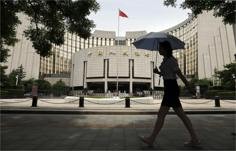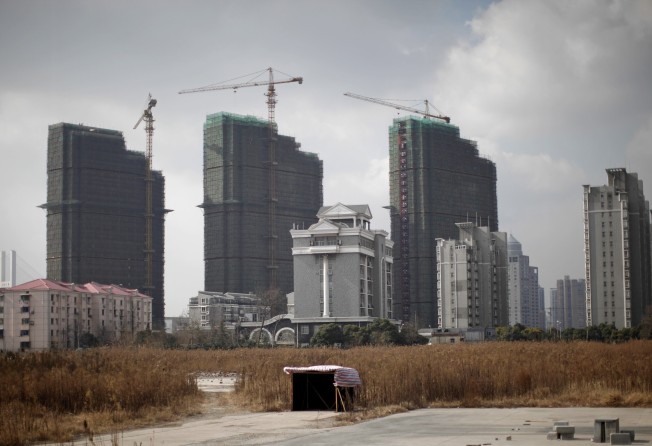
PBOC cut in RRR seen adding fuel to China’s red hot property market
Central bank’s decision could free up additional 700b yuan for lending, adding to the frenzied market in tier-1 cities but not helping destocking in smaller cities

The move by the People’s Bank of China to cut the reserve requirement ratio for lenders, the first cut since last October, will only add fuel to the property fire in first-tier cities but probably won’t help much in destocking in smaller cities, say analysts.
The housing market does not need further stimulus, they said, predicting that city governments in Shenzhen and Shanghai could introduce fresh measures to regulate the red hot market.
“That is a bold move by PBOC given the frenzied housing market in tier-1 cities and concerns of RMB deprecation and capital outflow. The RRR cut is beneficial for the housing market across the board but the effect may be felt sooner in tier-1 cities than in lower-tier cities,” said Alan Jin, property analyst at Mizuho Securities.
On Monday, the central bank announced an unexpected 0.5 percentage point cut in the ratio. The decision could provide an additional 700 billion yuan (HK$830 billion) for banks to lend out.
“The housing market really needs no further stimulus as some of the problems [like inventory in lower-tier cities] could be better solved over time,” said Jin.
Shenzhen and Shanghai saw home prices in January soar 52 per cent and 17.5 per cent year on year, respectively, according to the National Bureau of Statistics. Jin believes these two cities could introduce property cooling measures in the near future.

“It is very likely the first-tier cities will soon take tightening measures to curb the soaring prices,” she added.
Shenzhen saw new home prices rise 508.5 per cent between 2006 and 2015, with an annual growth rate of 20.4 per cent, according to a home price index jointly issued last week by Tsinghua University and the Lincoln Institute of Land Policy, a research firm.
Shanghai ranked second in terms of growth over the 10-year period, with prices up 384.6 per cent, for an annual rate of 17.6 per cent. Beijing followed with a 380 per cent rise over 10 years and annual growth of 17.5 per cent.
Du Jinsong, head of Asia property research at Credit Suisse, said the RRR cut will not help much in destocking in smaller cities as oversupply is severe and some pent-up demand has already been released by stimulus policies introduced last year.
“Past record shows that the easing policies turn out to have a larger effect on bigger cities rather than smaller cities, and that trend won’t change this time,” Du said.